In today’s rapidly evolving landscape of software development, the optimization of the software development life cycle (SDLC) holds the key to unlocking success. With the increasing demand for efficient and top-notch software products, organizations must find ways to streamline their processes and maintain a competitive edge.
This article dives deep into the crucial significance of streamlining the SDLC and explores effective strategies to optimize each phase of the development cycle. By embracing a systematic approach and incorporating industry best practices, organizations can harness the power to drive productivity, elevate product quality, and ultimately achieve unparalleled success in their software development ventures.
What Is The Software Development Life Cycle?
The software development life cycle (SDLC) is a crucial process for engineering teams, ensuring the successful creation and delivery of high-quality software products. However, many organizations struggle with inefficient and ineffective SDLC processes, which can hinder productivity and result in subpar outcomes.

Importance of SDLC processes for engineering teams: SDLC processes provide a structured framework for managing and executing development projects. They encompass a series of phases, each serving a specific purpose and contributing to the overall success of the project.
By following SDLC processes, engineering teams can streamline their workflows, reduce errors, and ensure the timely delivery of high-quality software.

Need for improvement and scaling of SDLC phases: While SDLC processes offer numerous benefits, they are not immune to challenges. As software development projects grow in complexity and scale, it becomes essential to optimize and improve each phase of the SDLC. By doing so, organizations can enhance efficiency, reduce costs, and mitigate risks throughout the development life cycle.
Negative impact of poor project management on product development: Inaccurate estimations and poor management practices can significantly impact the success of software development projects. Without proper estimation of resources, time, and effort required for each phase, projects may face delays, cost overruns, and compromised quality.
Effective project management practices, such as clear communication, stakeholder involvement, and comprehensive documentation, are crucial for mitigating these risks and ensuring smooth project management and execution.
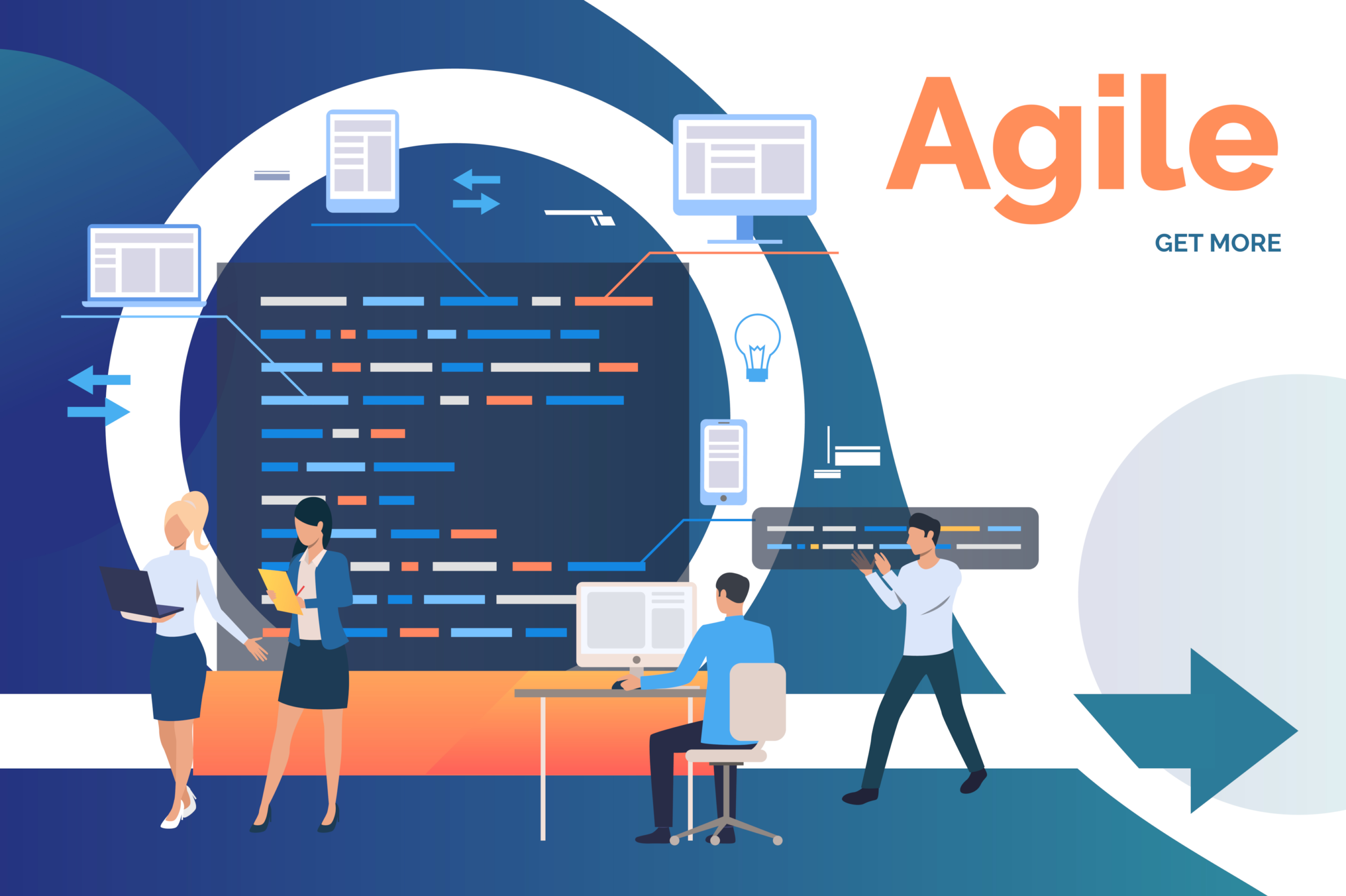
SDLC Fundamentals: Scope, Phases, and Methodologies: Before delving into the improvement strategies, let’s explore the fundamentals of SDLC. SDLC refers to the process of planning, designing, building, testing, deploying, and maintaining software systems.
It consists of several phases, typically ranging from 5 to 7, depending on the specific methodology employed. These phases include ideation, requirements gathering, design, development, quality assurance, deployment, and maintenance.
Improving the SDLC Phases
Each phase of the SDLC plays a critical role in the successful delivery of software projects. Let’s take a closer look at how organizations can optimize and improve these phases:
Ideation Phase: The ideation phase sets the foundation for the entire project. It involves introducing team members to project goals and scope, reviewing documentation, and understanding the landscape. By ensuring a clear understanding of the project’s purpose and objectives, organizations can align their efforts and make informed decisions throughout the SDLC.
Requirements Phase: During the requirements phase, organizations focus on gathering and documenting user requirements. This phase includes discussions with stakeholders to identify their needs and expectations, as well as creating a comprehensive list of functionalities. Ensuring that team members understand the requirements and their assigned tasks is vital for maintaining clarity and avoiding miscommunication.
Design Phase: The design phase involves creating a blueprint for the software system. Organizations focus on defining the software architecture, selecting appropriate technologies and frameworks, and establishing implementation principles. Attention to detail during this phase is crucial as it lays the foundation for the subsequent development and testing stages.
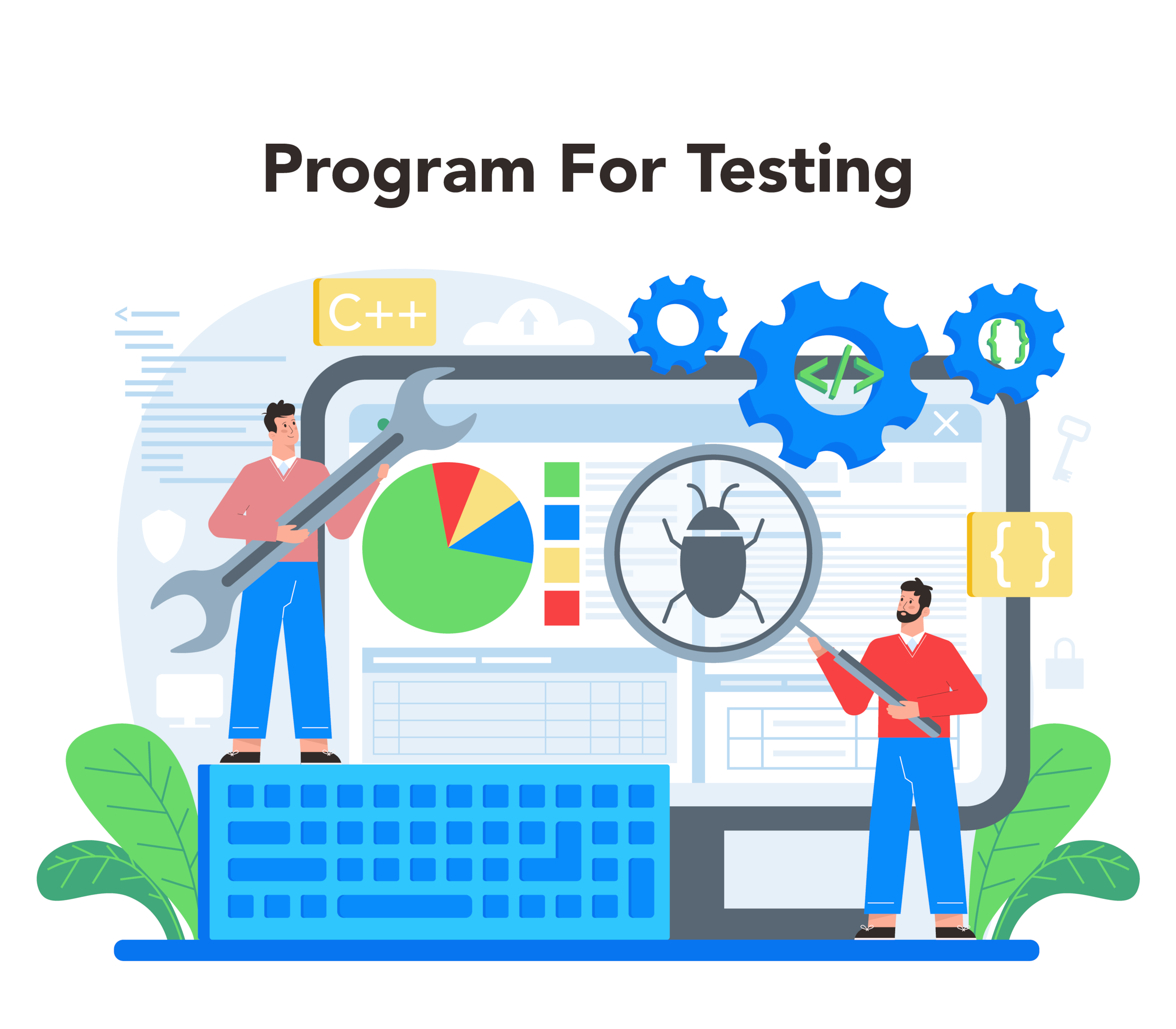
Development Phase: In the development phase, organizations translate the requirements and designs into tangible system elements. They focus on writing code, building software modules, and integrating various components. Monitoring development efficiency and code churn rates helps identify bottlenecks and improve overall productivity.
Quality Assurance Phase: The quality assurance phase ensures that the software meets the specified requirements and is free from bugs and defects. Organizations encourage a culture of continuous testing, including unit testing, integration testing, and system testing. By detecting and resolving issues early in the SDLC, organizations can prevent costly rework and deliver a more reliable product.
Deployment Phase: During the deployment phase, organizations install and integrate the software into the existing system or infrastructure. This phase requires careful planning to minimize disruptions and ensure a smooth transition. Optimizing cycle time and ensuring timely delivery is essential for meeting project deadlines and customer expectations.
Maintenance Phase: The maintenance phase involves continuous improvement and response to user needs. Organizations address any technical debt, monitor work activity, and make necessary updates or enhancements to the software. Regular maintenance ensures the long-term success and stability of the software system.
Choosing the Right SDLC Methodology
Now that we understand the basic phases of the SDLC, let’s explore the different methodologies organizations can choose from. Each methodology offers its own set of advantages and disadvantages, catering to specific project requirements and organizational preferences. The most common SDLC methodologies include:
Waterfall Methodology
The Waterfall methodology follows a linear-sequential life cycle model. It involves a clear structure and well-defined phases, with each phase building upon the previous one.
This methodology is suitable for projects with stable requirements and a clear understanding of the final product. However, it lacks flexibility and may struggle to accommodate changes or adapt to evolving customer needs.
Prototyping Methodology
The Prototyping methodology focuses on developing prototypes to refine requirements and gather feedback. It allows stakeholders to visualize the product early in the SDLC and provide valuable insights for improvement.
This methodology is ideal for projects with uncertain or evolving requirements. However, it may involve additional time and effort in creating and iterating prototypes.
Spiral Model
The Spiral model combines elements of the Waterfall and Prototyping methodologies. It emphasizes risk analysis, iterative development, and continual evaluation. This methodology is suitable for complex projects with evolving requirements and a need for early risk mitigation. However, it can be time-consuming and resource-intensive due to the iterative nature of development.
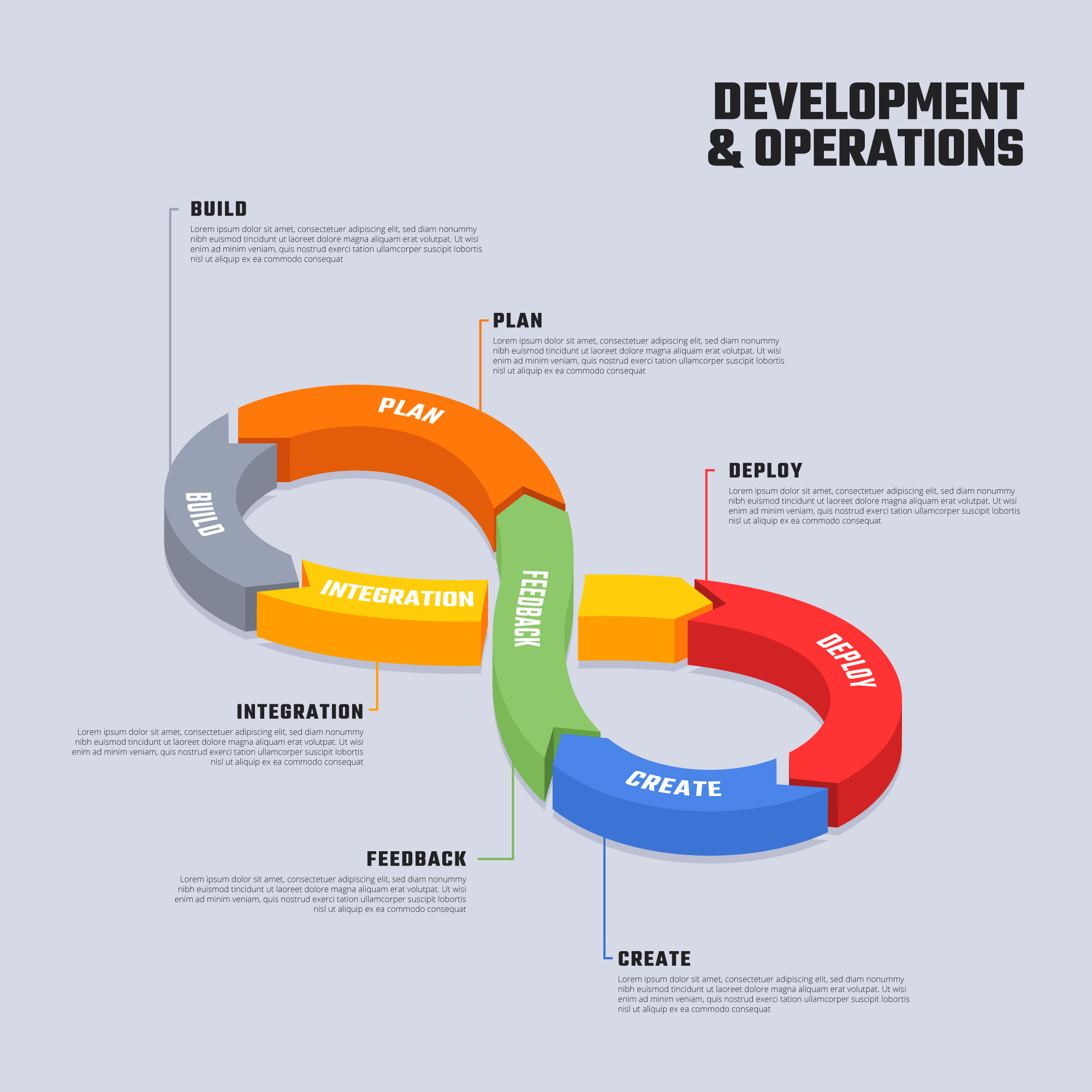
V-model
The V-model is a sequential V-shaped model that emphasizes the association between testing and development stages. It aligns testing activities with each phase of the development life cycle, ensuring comprehensive validation of the software system.
This methodology is suitable for projects with stringent quality requirements and a focus on minimizing defects. However, it may not be suitable for projects requiring frequent changes or iterations.
Agile Methodology
The Agile methodology is a flexible and iterative approach that promotes adaptive planning, evolutionary development, and continuous improvement. It involves close collaboration with stakeholders, frequent feedback cycles, and incremental releases.
Agile is ideal for projects with changing requirements, high customer involvement, and a need for quick value delivery. However, it requires experienced team members and continuous communication to be effective.
DevOps Methodology
The DevOps methodology focuses on cultural change, collaboration, and automation to ensure fast and quality software delivery. It emphasizes close coordination between development and operations teams, enabling organizations to release software more frequently and reliably.
DevOps is suitable for projects that require rapid delivery, continuous integration, and efficient deployment. However, it requires a significant cultural shift and investment in automation tools and infrastructure.

Benefits of Optimizing the SDLC
Optimizing the SDLC offers numerous benefits for organizations, engineering teams, and software projects. By streamlining the process and implementing best practices, organizations can:
Improve quality with clear objectives
Optimizing the SDLC ensures that each phase has well-defined objectives and deliverables. This clarity helps engineering teams stay focused and ensures that the final product meets the specified requirements and quality standards.
Avoid unnecessary costs through effective planning and communication
Efficient SDLC processes reduce the risk of cost overruns and unnecessary expenses. By conducting thorough planning, estimating resources accurately, and maintaining clear communication, organizations can optimize their use of resources and mitigate financial risks.

Faster delivery time with optimized workflows
Optimized SDLC processes enable organizations to streamline their workflows, reduce bottlenecks, and deliver software faster. By eliminating unnecessary delays and improving coordination between teams, organizations can meet project deadlines and customer expectations.
SDLC Best Practices for Improved Efficiency
To achieve maximum efficiency and productivity in SDLC processes, organizations can follow these best practices:
Streamlining the process through thorough planning
Thorough planning is crucial for a successful SDLC. It involves defining clear project objectives, estimating resources accurately, and creating a realistic timeline. By anticipating potential challenges and risks early on, organizations can devise effective strategies to address them.
Setting development budget and defining ROI
Setting a development budget helps organizations allocate resources effectively and manage costs throughout the SDLC. Additionally, defining the return on investment (ROI) for the software project helps justify the allocation of resources and assess the project’s success.
Sticking to requirements and comprehensive documentation
Adhering to requirements ensures that the software system meets the needs and expectations of stakeholders. Comprehensive documentation helps maintain clarity and facilitates knowledge sharing among development team members. By having well-defined requirements and documentation, organizations can minimize miscommunication and avoid rework.

Taking advantage of user acceptance testing (UAT)
User acceptance testing (UAT) involves validating the software system against user requirements and conducting real-world testing scenarios. UAT helps identify potential issues and ensures that the software meets user expectations. By involving end users in the testing process, organizations can gather valuable feedback and make necessary improvements.
Working with a trusted development company
Partnering with a trusted development company, such as Waydev, can significantly contribute to optimizing SDLC processes. Waydev offers insights and analytics for engineering teams, helping organizations identify bottlenecks, measure performance, and make data-driven decisions.
By leveraging NLP and LSI technologies, Waydev provides valuable information to enhance SDLC efficiency and improve software development outcomes.
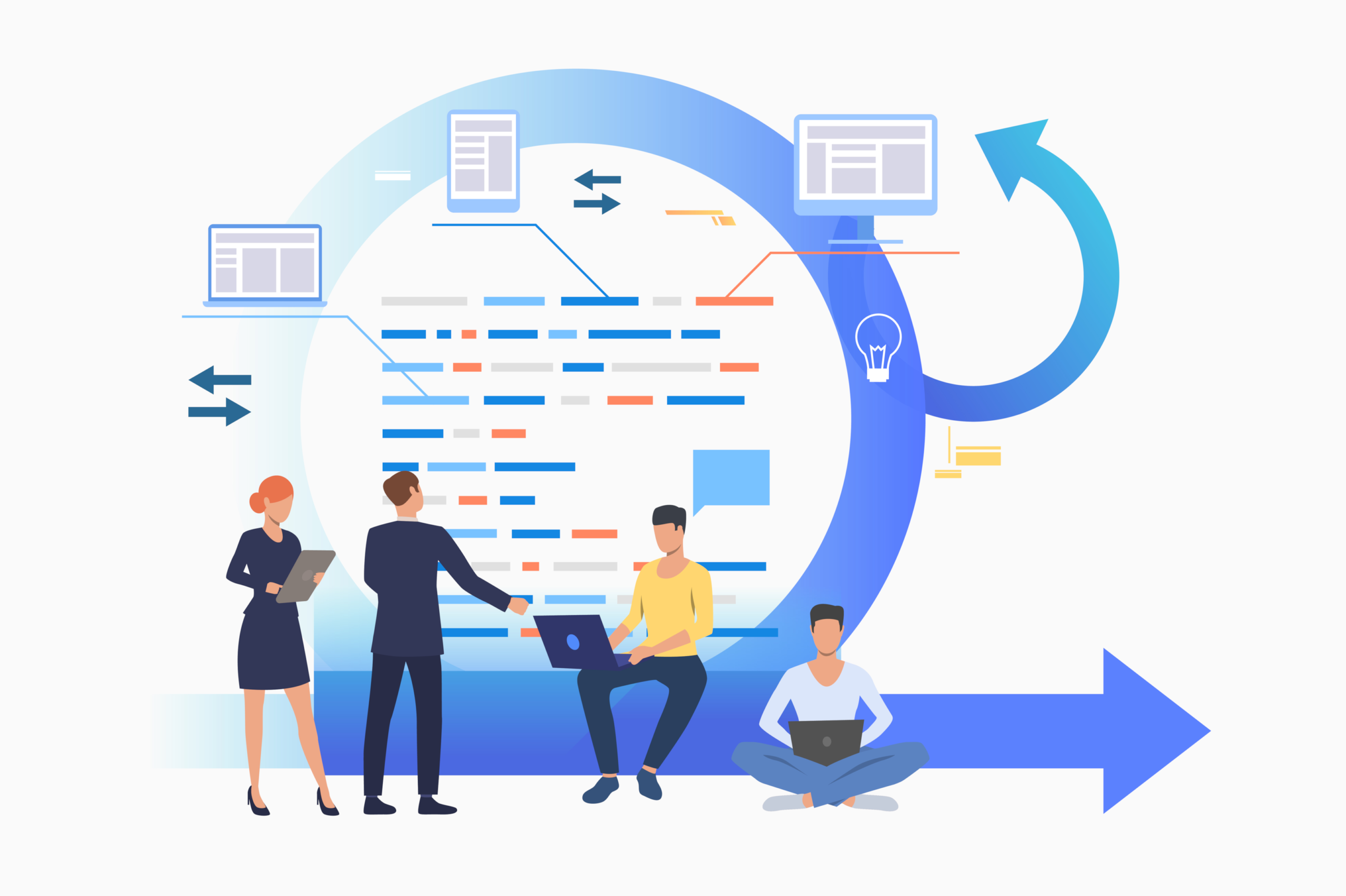
The Significance of Testing in the SDLC
In the realm of software development, software testing plays a vital role in ensuring quality software throughout the software development lifecycle (SDLC). As a crucial phase in the broader systems development lifecycle (SDLC), the testing phase holds immense significance.
It serves as the cornerstone for delivering quality software that meets customer requirements. Agile teams understand the value of customer feedback in shaping the software’s development and employ agile methodologies to iterate and improve.
By leveraging effective testing strategies and embracing customer-centric approaches, organizations can successfully navigate the various SDLC phases and deliver top-notch software using agile methodologies.
Effective lifecycle management methodologies, coupled with thorough software requirement specifications, further contribute to achieving the ultimate goal of developing software that satisfies customer expectations and stands the test of time.
Data-Driven Approach to SDLC Performance Measurement
To measure the performance of SDLC processes effectively, organizations can adopt a data-driven approach. By leveraging continuous development (CD), continuous integration (CI), continuous testing (CT), continuous deployment (CD), and continuous monitoring (CM), organizations can gain valuable insights into their SDLC performance.
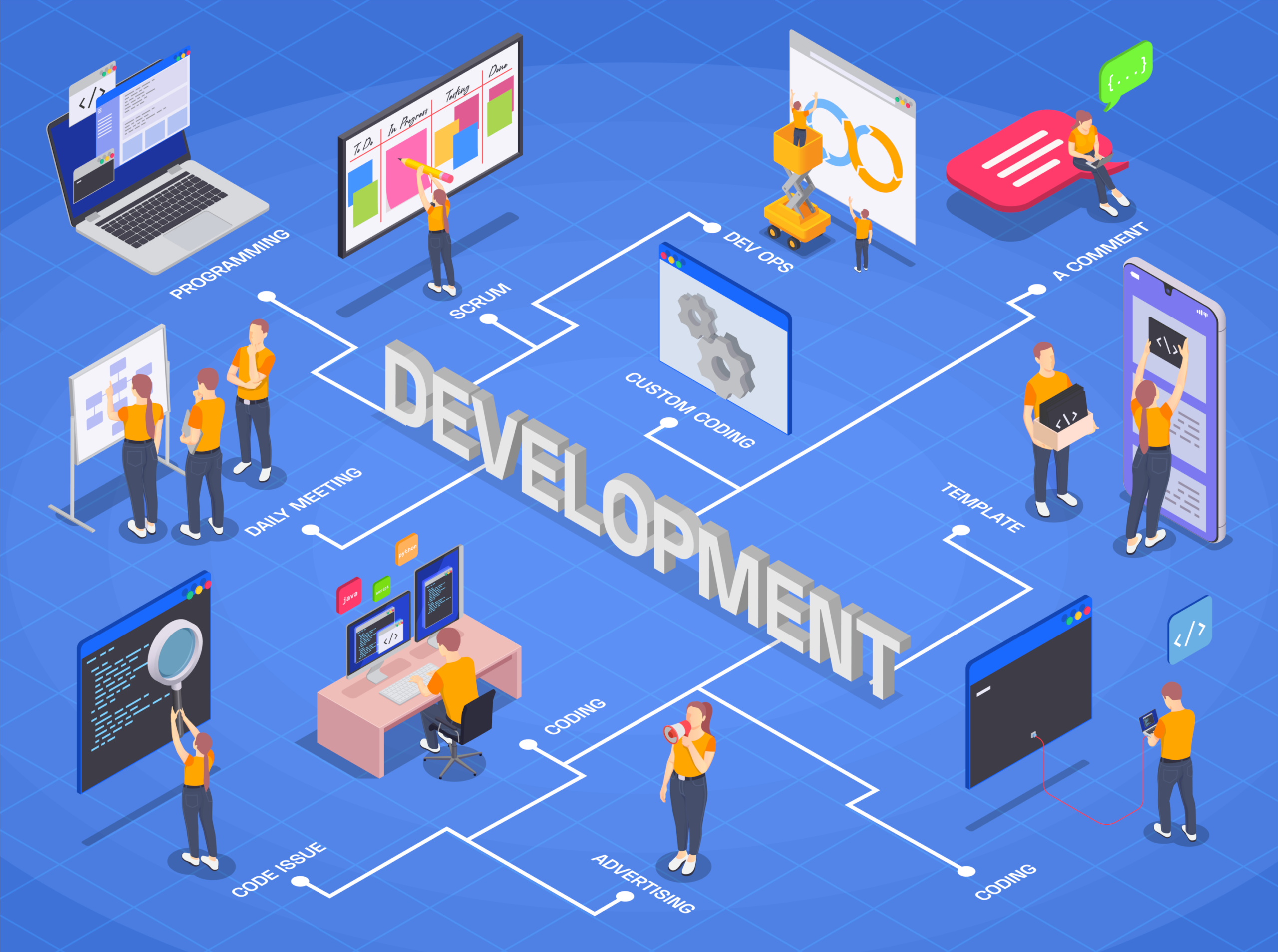
These practices enable real-time tracking, identification of bottlenecks, and proactive decision-making to improve the overall efficiency of the SDLC.
Conclusion
In conclusion, optimizing the basic methodologies of SDLC processes is crucial for effective software development. By improving each phase, organizations can enhance efficiency, reduce costs, and deliver quality software.
The choice of SDLC methodology depends on project requirements and organizational preferences, with options ranging from Waterfall and Prototyping to Agile and DevOps. Optimizing the SDLC offers numerous benefits, including improved quality, cost reduction, and faster delivery time.
By following best practices and leveraging data-driven insights, organizations can streamline their SDLC processes and achieve optimal results in software development.
FAQs
What are the 5 steps in the software development life cycle?
The software development life cycle (SDLC) consists of five essential steps: requirements gathering, design, development, testing, and deployment. These steps enable a systematic approach to software development, from understanding user needs to delivering a fully functional product. Requirements gathering involves identifying user expectations and project scope.
In the design phase, the software architecture is created. Development involves coding and integration, while testing ensures software quality. Finally, deployment involves releasing the software to users. By following this SDLC framework, development teams can effectively manage the entire process, ensuring that the end product meets requirements and provides value to users.
What is used to improve the efficiency of the SDLC?
To improve the efficiency of the SDLC, organizations can employ various strategies such as thorough planning, effective communication, stakeholder involvement, continuous testing, and the use of tools and technologies that streamline development processes. Data-driven insights and analytics, like those provided by Waydev, can also help optimize SDLC efficiency.
What are the 7 phases of the software development life cycle?
The seven phases of the software development life cycle (SDLC) are ideation, requirements gathering, design, development, quality assurance, deployment, and maintenance. These phases cover the entire software development process, from initial concept to post-deployment activities, ensuring a structured and systematic approach to project execution.
What is the software life cycle and why is it so important to the success of a software project?
The software life cycle refers to the stages that a software project goes through, from its inception to its retirement. It is important to the success of a software project because it provides a framework for agile project management, resource allocation, risk mitigation, and quality assurance. Following a well-defined software life cycle ensures that projects are executed in a planned and controlled manner, leading to higher chances of success and customer satisfaction.



